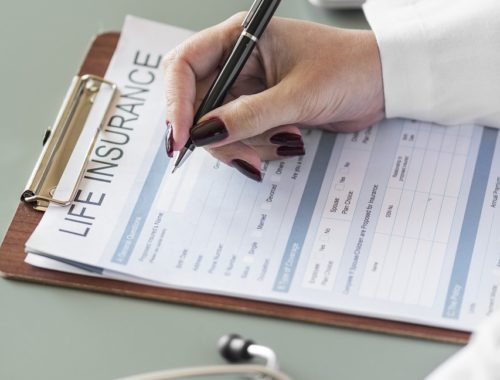
Veterinary Medicine Loan Repayment Program (VMLRP)
Today we are talking about the Veterinary Medicine Loan Repayment Program (VMLRP). If you are a recently graduated (or about to graduate) food animal veterinarian who has at least $15,00 of student loans and is willing to practice in an underserved area this could be the program for you! The National Institute of Food and Agriculture will repay up to $25,000 of student loan debt per year for those willing to commit to working at least three years in a designated “veterinary shortage area.” Don’t let the idea of working in a “shortage area” scare you off; there are designated shortage areas in virtually every part of the country including New York, California and Texas. More information on specific locations can be found here.
A loan forgiveness program for food animal vets?
The program originated out of concerns that since WW II when roughly half of all veterinarians identified themselves as food animal practitioners, today only 5%-8% of graduating veterinarians today will join food animal practices. At least some of the decline has been blamed on the impossible task of building a rural practice in a remote community while paying off student loans. In 2014 the U.S. Department of Labor estimated that while average wages for veterinarians was $98,230, in many areas experiencing veterinary shortages, the annual mean wages were significantly lower. But the program is not just about food animal medicine; some of the identified shortages are actually in equine medicine, camelid medicine and other veterinary fields. For example, if you are interested in an academic position at the University of Alaska, they are looking for a pathologist!
The 3 types of veterinary shortages
If you go to the map referenced above, you can see that the program designates 3 types of veterinary shortages. Type one and two are shortages in food animal private practices. Type I shortages are in areas that can support a full time food animal veterinarian and these require a 80 % or more time commitment to private practice food supply veterinary medicine. Type II shortages are in areas with a critical need but that could not likely support a full time food animal veterinarian. Type II shortages require a 30 % or more time commitment to private practice food supply veterinary medicine. Type III shortages are a broad category includes many different types of employment related to food supply and public health. These positions are typically with government (city, county, state, federal), or institutions of higher education. This is where one might find a job working with equine, camelids or at a university.
VMLRP – the small print!
The award is paid quarterly directly to the lender. Because the IRS considers this income to the recipient, the program will also provide awardees with 39% of the each loan payment so that they can pay the taxes. Each award is for 3 years and at the end of the commitment awardees can reapply – of the 75 veterinarians who received an award in 2011, 27 applied for a renewal in 2014 and 13 received awards. Make no mistake; the VMLRP program is highly competitive. In 2014, the last year that data is available, there were 163 applicants and only 52 were accepted; however, for those considering a career in an underserved area, it’s definitely worth looking into! For more information, the program’s webpage is located here.




